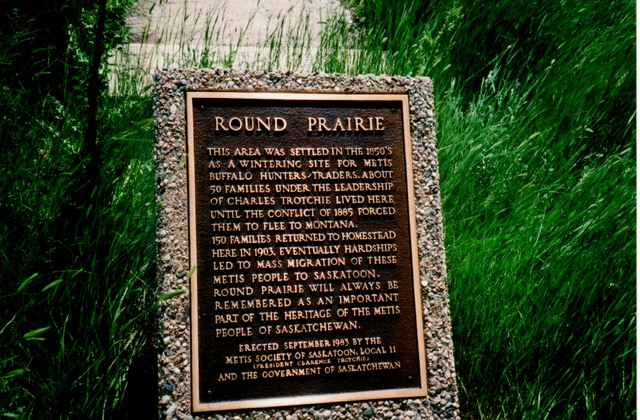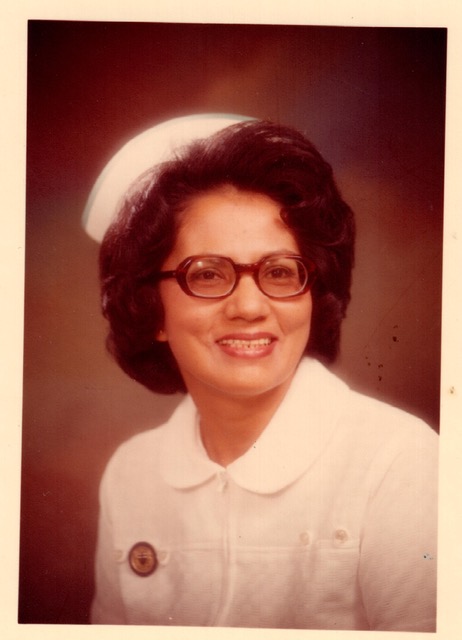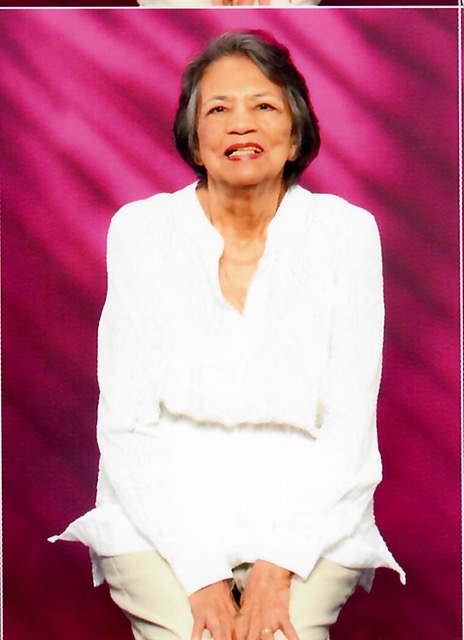In those days there was no help for someone like me.
Laura Marjorie (Wells) Finn
Laura Marjorie Finn (nee Wells) is a Métis mother, grandmother, great-grandmother, and great-great grandmother. Family is central to her life and, at age 96, Laura still dedicates herself to ensuring family members are getting what they need day-to-day and long term. A matriarch in the fullest sense of the word, Laura has found the last several years of social distancing to be extremely difficult – especially in welcoming the newest babies to join the Finn dynasty. Equally challenging has been the loss of her husband, Joseph Finn, after nearly 60 years of marriage as well as the loss of her four siblings, his four siblings, and nearly all of her peers and friends over the years. She is now the sole Wells family member with any direct knowledge of their lineage. Identifying people in family photos and clarifying family relationships has recently become more important to younger generations; consequently, she is learning about DNA and is receiving increasing requests for information from the descendants of long-lost relatives through Ancestry.ca.
Born in a sod shanty built by her dad and grandfather along the Saskatchewan River in the bygone Métis community of Round Prairie, Saskatchewan, in 1925, Laura was small and sickly from birth. She was born with hearing loss in one ear as well as very poor vision due to her mother’s illness during pregnancy. A travelling doctor examined her at home not long after she was born; he had no way of knowing then that Laura would one day marry his own son.
Years later, Laura’s aunt Mary Parenteau treated the ulcers on Laura’s eyes with “Indian herbs” (possibly Seneca root) which restored her vision somewhat, but Laura typically missed out on both waves from passersby and conversations so was mistakenly thought to be slow. Challenged to communicate, dark-skinned, and the subject of racism common in that era, she grew up ashamed of her heritage and became very introverted, forming strong bonds of reliance on family members primarily.

At age six, she became ill and was hospitalized for two months in a sanitarium for tuberculosis treatment (although in the end it was determined that she had never contracted the disease). The nurses inspired Laura to become a nurse, but despite her love of school in Saskatoon, her poor and constantly displaced family could not provide for her to attend beyond Grade 8. Her dreams of high school and working in a hospital were dashed, but she retained a strong Catholic faith and practice of prayer as formed in school.
As an adult, Laura worked as a meat trimmer at the Intercontinental Packers meat packing plant in Saskatoon (by which point she was able to afford glasses) and met her soon-to-be husband. He went ahead to find work and make a home in Toronto and soon sent for her to begin a new life in 1951. She travelled by train on the longest journey of her life, unable to eat due to nerves. They settled in the east end of the city in a house of their own – for the first time in her life – albeit with several roomers. She soon found work at Loblaws working with meat and raising a family of six children.
Laura gradually became aware of proud Métis who expressed pride in their heritage and were becoming recognized for their community contributions in the fight for their rights. This helped her to overcome her long-lived shame as Métis.
Life changed once again when Laura became friends with a couple of nurses. They inspired her to register for night school, get her Grade 12 equivalency, and go to college for nursing. Three years later, at age 45, Laura graduated as an Ontario Registered Nursing Assistant and began a career at the East General Hospital, earning her own income once again. Laura worked part-time as a “floater,” working in a different department each shift, for 18 years. This work is her proudest achievement in life – a childhood dream fulfilled after all.

Today people are surprised to discover Laura’s age and to learn about the handicaps she has struggled with for so long, as she was always reluctant to let others know about her deafness and vision loss. Sadly, she learned later in life that, over the years, many people reached out to her in friendship but due to her inability to hear and see them, she didn’t respond; so they assumed she was snobbish and avoided her. As a result, her circle of friends remained very small, but her family connections only strengthened.
Laura is now legally blind but was finally fitted for hearing aids in 2019. She relies on a walker but finds her daily ritual of checking for mail a blessing: being able to independently walk and open the front door to fresh air and sunshine and live in such a peaceful neighbourhood, rather than being cooped up with strangers in a nursing home or hospital.

When Laura looks back on her life, she says she did much more than she thought she could ever do and attributes that to God. Her only remaining wish now is that what’s left of her vision lasts “for the duration” – long enough for her to continue to read and watch TV as long as she lives. She is looking forward to warmer weather for long-awaited family visits outside. Aside from telephone calls from family (and shopping for them on the Shopping Channel on TV on a daily basis), she enjoys attending the online Wise Oldster meetings and socials coordinated by the TYRMC.
